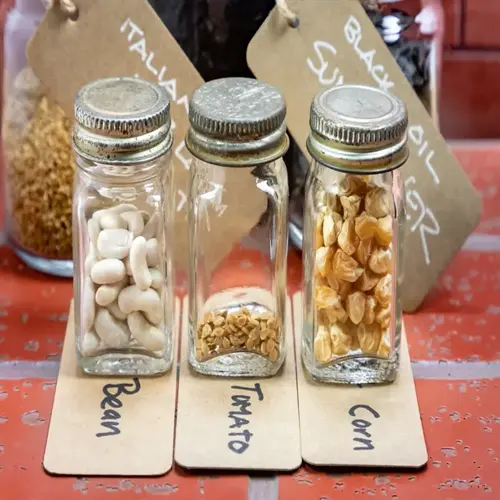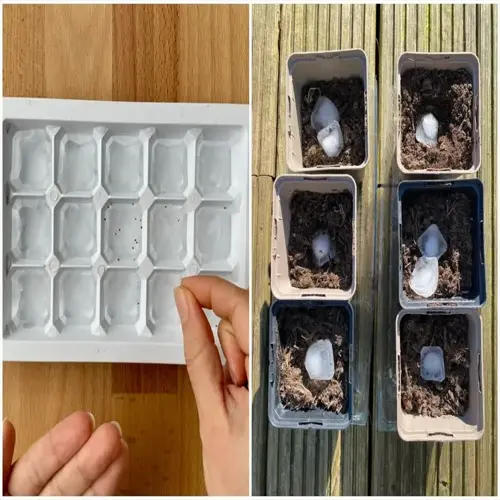Where do mealybugs typically hide their eggs?

Written by
Kiana Okafor
Reviewed by
Prof. Martin Thorne, Ph.D.Mealybugs cleverly conceal their eggs in areas of protection to ensure that they do not perish. Female mealybugs produce distinct, white, cottony masses that cover their eggs, protecting them from predators and other external threats. It is essential to locate the hiding places of mealybug eggs to effectively manage pest control. I learned this after I found egg clusters during my initial treatments.
Stem and Leaf Joints
- Check where leaves attach to stems
- Inspect branch forks and axils
- Use magnification for tiny egg masses
Leaf Undersides
- Examine along central veins
- Look near leaf margins
- Shine light at angles to reveal cottony patches
Soil and Root Zones
- Search soil surface near stems
- Inspect root crowns during repotting
- Check drainage holes for hidden masses
These hidden nests offer optimal continuance habitats. The fluffy material holds moisture while protecting against predators. Eggs hatch fastest in warm, humid environments. This is the very reason why infestations often come back after a complete treatment. I found the masses in the pot rims 2 weeks after treatment.
Effective inspections require emphasis on systematic approaches. Inspect plants weekly under sufficiently bright lighting, and separate tightly packed foliage easily by gently pulling it apart. Investigate the soil using toothpicks. If the plant falters while never showing visible pests, there was probably a root egg. In my current orchid, I'm only seeing root eggs after I unexpectedly re-potted it.
Eliminate eggs with specific techniques.Apply alcohol to visible colonies. For soil eggs, use diatomaceous earth; for root eggs, use soil replacement. Treat nearby areas where crawlers may travel. Consistency eliminates their reproductive cycle.
To deter future egg deposits, consider controlling the environment. Lower the humidity around your plants, increase airflow, or implement predatory beetles that typically will feed on egg masses. After initially struggling to control mealybugs, these techniques made my greenhouse mealybug-free.
Read the full article: How to Treat Mealybugs: 10 Proven Methods

